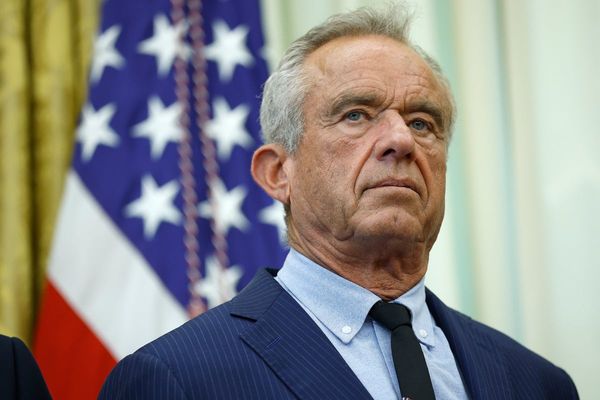
As the U.S. government shutdown drags on, what's typically viewed as short-term political theatre may be evolving into something deeper. According to VanEck's David Schassler, Head of Multi-Asset Solutions, the current impasse is another step in a longer-term erosion of institutional confidence—one that's quietly reshaping how investors allocate capital through ETFs.
- RAAX ETF is in focus as government shutdown continues. Check its prices live, here.
"This one adds to a longer pattern of institutional erosion," Schassler says. "On its own, it's not a market event—but in combination with doubts about central bank independence, weaponized politics, and extreme partisanship, it becomes another crack in the foundation. It's the boiling frog effect: each episode raises the temperature a bit more."
Unlike prior shutdowns, Schassler believes this one underscores how politics, policy, and fiscal realities are converging in ways that are "quietly raising the risk premium investors demand for U.S. assets." He adds, "It won't move markets overnight, but it deepens the sense that U.S. policy is less predictable and more politicized."
Also Read: Quantum Computing Enters ‘Empirical Phase’ As WisdomTree Launches New ETF
That uncertainty has been a tailwind for VanEck's Real Asset ETF (NYSE:RAAX) and Commodity Strategy ETF (BATS:PIT), both actively managed funds positioned to benefit from a shift toward tangible value and scarcity assets. "These funds are built for this environment," says Schassler. "Their processes emphasize diversification and reward assets benefiting from debasement and geopolitical uncertainty. That's led both to hold over 20% in gold."
The strategy appears to be resonating. "Real assets are in a bull market, and investors are paying attention," he notes. "RAAX and PIT are now roughly double the size they were a year ago—evidence that capital is rotating toward tangible value." The funds are up 19% and 14% year-to-date, respectively.
Schassler attributes this rotation to fading confidence in fiat currencies. "Investors are opting out of a system that structurally devalues fiat assets," he explains. "Allocations to gold and Bitcoin reflect a recognition that chronic overspending and persistent deficits dilute real value over time."
Active management, he says, is crucial to navigating this uncertainty. "Our approach rests on three pillars: diversification, momentum, and risk management," Schassler says. "Diversification cushions shocks, momentum keeps us aligned with prevailing trends, and disciplined risk management drives a steady, balanced exposure to real assets."
Looking ahead, Schassler warns that the longer dysfunction persists, the more confidence—not just liquidity—will become the real casualty. "The real pressure point is confidence," he says. "The longer dysfunction drags on, the more investors question U.S. stability as an institution—pushing capital out of dollars and into gold and Bitcoin."
Read Next:







